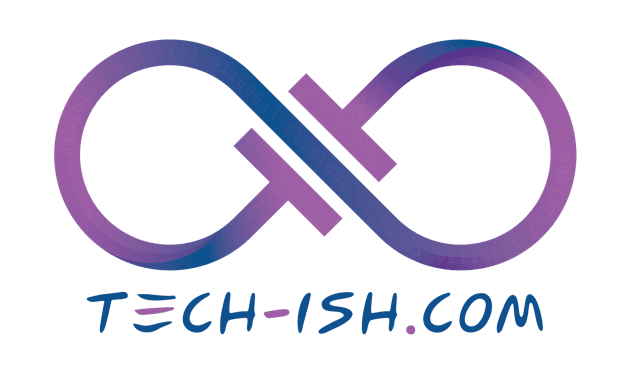
Mosoka Fallah, University of Liberia
As countries across the world begin to purchase and roll out COVID-19 vaccines, a key question is how far the vaccine is from reaching Africa and how accessible it will be for the continent. Moina Spooner, Commissioning Editor with The Conversation Africa, asked Mosoka Fallah, an expert on infectious diseases, to provide his insights.
What are the options for developing countries?
The last I checked, the cost of the current COVID-19 vaccines (which demonstrated the most efficacy) ranged from $19.50 per dose (Pfizer-BioNTech mRNA vaccine) to around $37 per dose (Moderna mRNA vaccine).
This is expensive. By comparison, the pneumococcal conjugate vaccine is available at US$2.00 per dose. The vaccine is used to protect infants, young children, and adults against disease caused by the bacterium Streptococcus pneumoniae.
COVID-19 has shattered the already weakened economies of low- and middle-income countries through lockdowns and border closures. This, coupled with massive debt repayment that has handicapped many countries, means that if these nations attempt to buy these vaccines at current market prices, more than half of the world will be plunged into deeper poverty.
Simply put, developing countries can’t buy the vaccines outright. The reality is that some contributions will need to be made by the developing country. And a framework for this has emerged, known as COVAX.
In my opinion, this is the best option for developing countries to solve their current dilemma. Another option would be to give countries like South Africa and India intellectual property rights to manufacture the vaccines, a move which was opposed by a number of countries at the World Trade Organisation meeting.
How does COVAX work?
COVAX is co-led by vaccine alliance – GAVI, the Coalition for Epidemic Preparedness Innovations and the World Health Organisation (WHO). As of now, COVAX has 190 participating economies.. The United States has yet to join.
COVAX works by collectively pulling donations from rich developed countries, philanthropists – like the Bill and Melinda Gates Foundation – and private donors together. These pooled funds are used to fund the research, development and manufacture of successful vaccine candidates. Once a vaccine candidate proves to be efficacious, it can be made available to countries irrespective of the financial means to pay.
This method also reduces risk for countries that may have only purchased one or two types of vaccine.
The plan is to make available the first two billion doses to all members of the coalition. While the targeted two billion doses aren’t enough, they plan to target vulnerable populations as the first line of defence.
So far, COVAX has secured contracts of two billion doses of COVID-19 vaccines which will be rolled out when they’re delivered. Most of the pre-orders are from AstraZeneca and the Serum Institute of India.
As it stands there are three categories of country that will greatly benefit from COVAX:
- Low-income countries that will access these vaccines they ordinarily cannot afford.
- Rich countries that have not signed bilateral agreements with dedicated vaccine manufacturers.
- Countries that have signed the bilateral agreements who will be assured of a dedicated pipeline once the vaccines are approved.
Is a collective approach the best way?
The collective approach has been shown to work under different models and it enhances negotiation for reduced pricing.
For instance, over the past 20 years GAVI has successfully procured vaccines using collective contributions from poorer countries, donor countries and donations. This accelerated the immunisation of children from poor countries.
The World Food Programme does collective procurement of food items during emergencies, obtaining commodities at much reduced prices.
Even with a narrow profit margin, the large market created by a collective approach to COVID-19 vaccinations provides a favourable response from vaccine manufacturers and pharmaceutical companies.
Manufacturing companies are in it for profit. At the current cost only a few countries would be able to buy the vaccine, but through COVAX they are assured of funding for more buyers. COVAX also bears the risk if the candidates do not reach final approval by the regulators in a particular country.
What are its shortcomings?
Despite its altruistic and noble intentions, there are a few challenges that need to be overcome if COVAX is to be a success.
First, the projected funds needed to invest in the research, development and manufacture of these potential vaccines has not been raised.
Though there’s a lot of goodwill, it must be matched with financial contributions to meet the costs require to get these vaccines ready. COVAX needs at least US$4.6 billion in 2021 to procure doses of successful candidates.
Second, the process of identifying, and then approving, successful vaccines is still in its infancy. Only two – Pfizer-BioNTech and Moderna – are authorised and recommended to prevent COVID-19. And there are currently more than 50 COVID-19 vaccine candidates in trials, many of which will not be successful. Reports suggest that only 7% of the vaccines in the pre-clinical trial stages would make it to the clinical trial stage. Then only 20% of those candidates will be successful.
This will be a high risk investment that is racing against time.
The recently reported mutated strain of the virus shows why candidates must be quickly identified. The new variant seems to be covered by the existing vaccines but future new strains might not be.
Finally, the failure of the US to join COVAX could challenge the extent to which the coalition can reach resources and funding.
What are its advantages?
Because it involves a large coalition it has the major advantage of coalescing the best of resources, expertise and goodwill.
It also offers a certain insurance for both low-income and rich developed countries to access the approved vaccine for their population.
Will it deliver?
In spite of all the challenges and the current inequalities created with the approved vaccine candidates, I believe COVAX will deliver.
It will do so because it has built the largest coalition and it’s in the best interests of everyone to ensure that COVAX succeeds. Unless nations that have procured the current expensive vaccines become isolated islands, they risk reinfections with new mutated strains. This will continue to present a clear and present danger to our world.
History has repeatedly demonstrated that when humanity comes together to defeat a common enemy, we always win.
Mosoka Fallah, Part-time lecturer at the Global Health & Social Medicine, Harvard Medical School and lecturer at the School of Public Health, College of Health Sciences, University of Liberia
This article is republished from The Conversation under a Creative Commons license. Read the original article.











